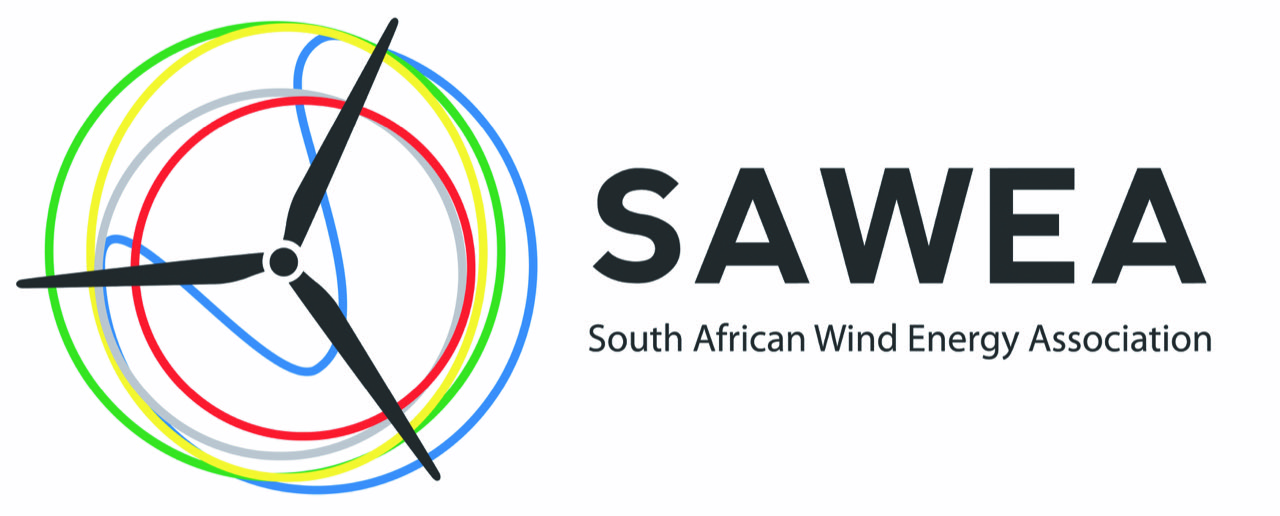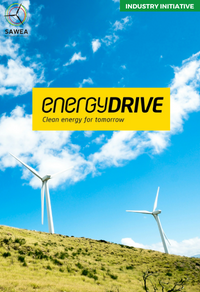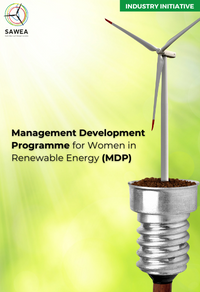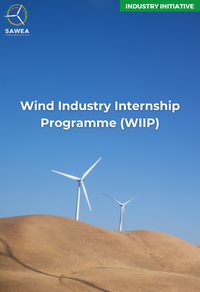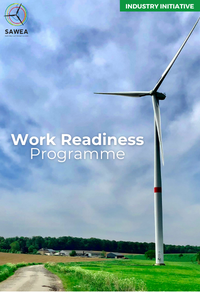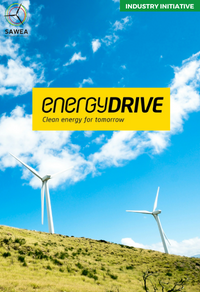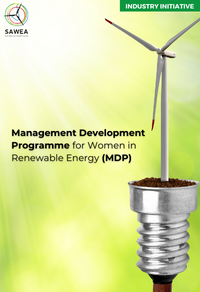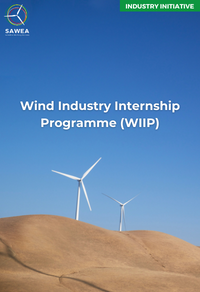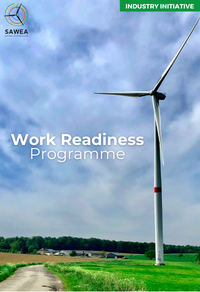CEO Voice - June 2025
Dear SAWEA Members,
As we reach the midpoint of 2025, it is clear that South Africa’s energy transition is gaining momentum—and wind energy stands at the forefront of this transition. The past six months have delivered a wave of policy and regulatory developments that are reshaping the energy landscape, creating a clearer path toward a reliable, inclusive, and low-carbon power system.
At the heart of this progress lies a more coherent and enabling policy framework. The commencement of the amended Electricity Regulation Act (ERA) has been met with accelerated efforts towards the development of systems and processes aimed at supporting the introduction of the South African Wholesale Electricity Market. The Integrated Resource Plan (IRP) is under review, and grid capacity reforms are required to align with industry needs. Public procurement processes are being restructured, and the launch of the South African Renewable Energy Masterplan (SAREM) signals a national commitment to industrialising the renewable energy sector. These interventions are not isolated—they are interconnected levers designed to stimulate investments in electricity generation and transmission infrastructure and position South Africa as a competitive player in the global clean energy economy.
While significant progress has been made, unlocking grid capacity remains the most critical enabler for scaling wind energy.
It is the top priority for the industry—and encouragingly, it is now recognised as one of government’s national energy priorities, with clear signals of commitment through policy, planning, and early-stage reforms. One such signal is the recent regulatory breakthrough in transmission: congestion curtailment framework, unlocking constrained capacity in high wind resource areas. Noting this as a positive step for stimulating the constrained wind energy market, long-term solutions that adequately address grid congestion through the development of transmission infrastructure in line with the Transmission Development Plan (TDP), are required for us to sustain industry growth. Interventions such as the review of IGCAR, the Batched Generation Connection Framework, and NERSA’s draft Grid Capacity Allocation Rules, signal a shift toward a more dynamic, responsive grid environment. These are not just technical adjustments; they are strategic enablers that require industry readiness and proactive engagement.
We must now prepare for the rapid uptake of wind energy.
With REIPPPP reforms currently underway—now a ministerial priority—presents a critical opportunity for the sector’s recovery on the public procurement front. We are in a position to reshape the future of public procurement, inform the design of a fit-for-purpose grid allocation framework, and ensure that wind energy is positioned to thrive. The acceleration of private procurement, underpinned by the liberalisation of transmission and distribution networks through wheeling frameworks, is opening new market pathways. This, combined with the anticipated launch of the first Bid Window for Independent Transmission Projects (ITPs) in November 2025, signals a new era of accelerated infrastructure investment and industrial decarbonisation.
The question we must now ask ourselves: is industry ready to seize the moment?
The draft IRP outlines ambitious targets for wind energy—and meeting them will require bold industrialisation. The South African Renewable Energy Masterplan (SAREM) offers the strategic blueprint to unlock this potential and get things moving. Having played a central role in its development and official launch, SAWEA is fully committed to driving its implementation. The pillars of SAREM—local enterprise development, manufacturing capability, gender and youth inclusion, and workforce skills—are not merely policy aspirations; they are essential levers for building a globally competitive and resilient wind energy industry.
Amid this critical period of policy reform and transition, SAWEA has remained a credible and solutions-oriented voice for the sector. Our advocacy has been intentional, coordinated, and grounded in member priorities—engaging key stakeholders including the Ministry of Electricity & Energy, Eskom’s Grid Access Unit, NTCSA, NERSA, IPPO and Eskom Renewables to ensure wind energy continues to be recognised as a national priority.
As we step into the second half of the year, the momentum is undeniable — and ours to seize.
Join us at our upcoming inaugural Mid-Year Reflections networking event, where we’ll come together to strategize and prepare for the next wave of development in the wind energy sector. This member-exclusive platform offers a valuable opportunity to align, share insights, and shift from a strong foundation to decisive action.
Together, let’s put in place the building blocks of a resilient, industrialised wind energy future—and finish 2025 strong.
Regards,
Niveshen Govender
CEO
SAWEA Newsletter June 2025
